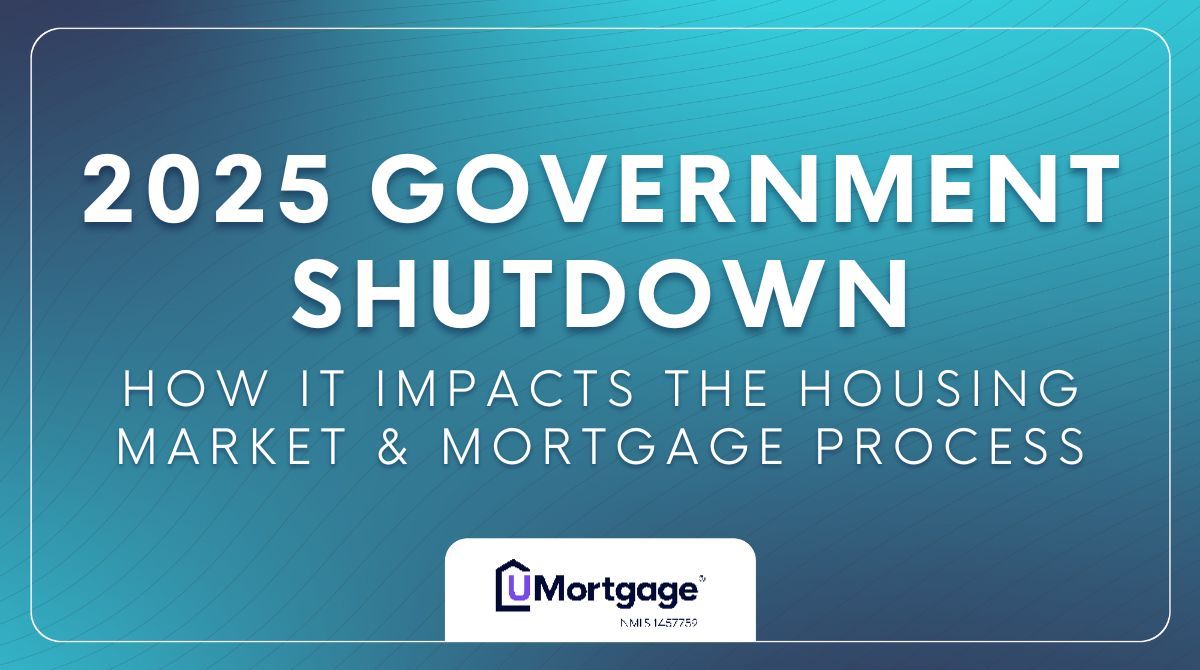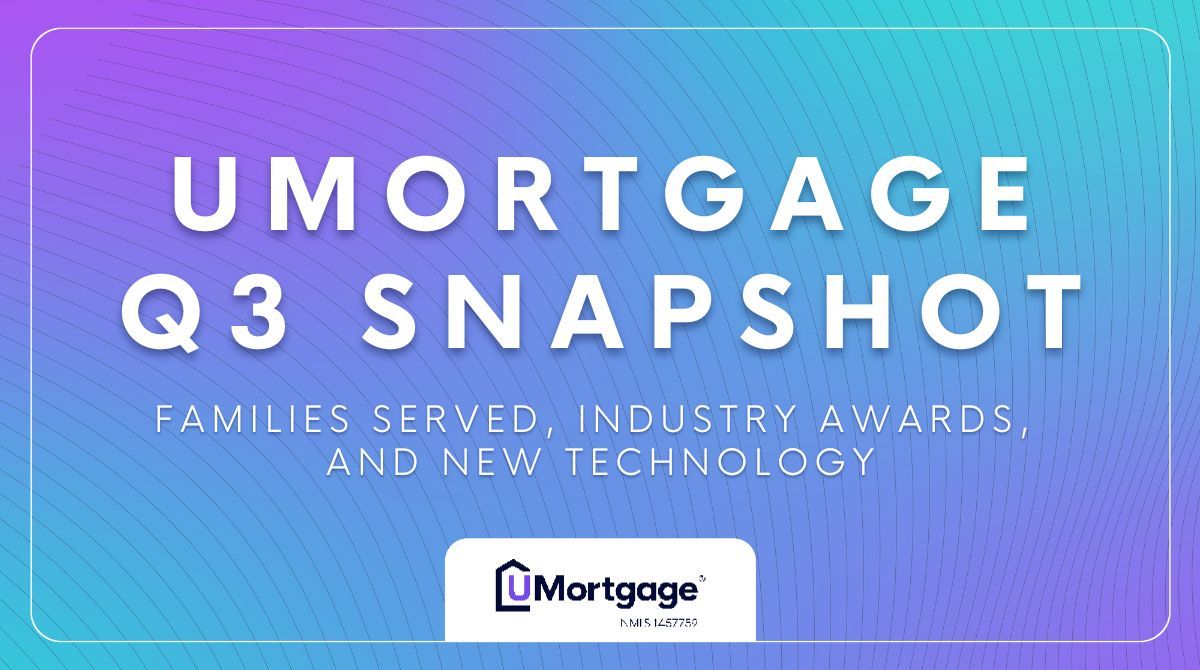

Joseph Reams
Meet Joseph!
"Joe Mortgage" Not Your "Average Joe" Mortgage Lender I'm your trusted partner for all your home financing needs. As a seasoned mortgage broker, I specialize in simplifying the often complex process of securing the best mortgage for your dream home. With access to a vast network of lenders and a deep understanding of the ever-changing mortgage landscape, I able to offer you personalized solutions that save you time and money. Whether you're a first-time homebuyer, looking to refinance, or seeking an investment property loan, I'll work tirelessly to find you the most competitive rates and tailor-made mortgage options. I'll guide you through every step of the process, ensuring that you make well-informed decisions that suit your financial goals. My mission is to make your homeownership dreams a reality. Let's start this journey together and secure your future with a mortgage that fits your life. Contact me today, and let's discuss how I can help you achieve your homeownership aspirations.
Serving Homebuyers In:
- Michigan
- Tennessee
- Texas
Mortgage Calculators
Monthly Payment
Find your monthly payment
What does a monthly mortgage payment look like for you? Get an estimate with some basic information.
Estimated Monthly Payment
The UMortgage mortgage calculators are for estimation purposes only. This is not a commitment to lend. For an exact quote based on your individual financial circumstances, please contact me.
Affordability
What is your budget?
Curious about how much you can afford to spend on a home? Use our calculator to get an estimate on your maximum budget.
Maximum Home Price
Maximum Monthly Payment
The UMortgage mortgage calculators are for estimation purposes only. This is not a commitment to lend. For an exact quote based on your individual financial circumstances, please contact me.
Refinance
Should you Refinance?
Refinancing might save money on your monthly mortgage payments, putting cash in your pocket. With some basic information from you, we can help decide if this is a good path for you.
Monthly Savings
Total Savings
The UMortgage mortgage calculators are for estimation purposes only. This is not a commitment to lend. For an exact quote based on your individual financial circumstances, please contact me.
VA Entitlement & Payments
Discover Your Buying Power With Our VA Home Loan Calculator!
If you are a veteran, an active-duty member of the military, or the spouse of a current or former military member, you are eligible to purchase a home with your VA home loan benefit! By using the calculator below, you can get a glimpse into your buying power and the estimated monthly payment of your VA loan as you start planning your homebuying journey.
Estimated Monthly Payment
Required Down Payment
Limit
$0
Entitlement Used
$0
Available Entitlement
$0
No Limit
How is my monthly payment calculated?
The UMortgage mortgage calculators are for estimation purposes only. This is not a commitment to lend. For an exact quote based on your individual financial circumstances, please contact me.
Your Mortgage Questions, Answered!

Housing Market Update | Week of October 27th
The Federal Reserve is holding its October Meeting this week, with Fed Chairman Jerome Powell expected to announce a second consecutive 0.25% cut to the federal funds rate during his post-meeting press conference this Wednesday. This cut is expected despite a lack of the usual economic data we receive in the cycle leading up to a Fed Meeting. Last Friday, we got our first piece of economic data this month in the Consumer Price Index (CPI) report, which was released for the Social Security Administration’s cost-of-living adjustments. It showed that inflation increased by 0.3% in September, bringing the inflation rate to 3%, but it was still below economists’ forecast and allowed rates to drop slightly heading into the weekend. Last Week's Mortgage Rate Recap Rates Dropped Slightly The biggest piece of news last week was the release of the September CPI reading. This report typically has little influence on the market, as the Fed prefers the Personal Consumption Expenditures (PCE) index to measure inflation. However, the lack of other data put increased importance on this report. Economists forecasted a 0.4% increase in September, but the reading came in slightly cooler at 0.3%. That brings year-over-year inflation to 3%, which is higher than the Fed wants, but isn’t quite rising out of control. This helped rates drop slightly heading into the weekend. This Week's Mortgage Rate Forecast Rates Could Be Volatile It’s Fed week, and it’s widely expected that the Fed will cut the federal funds rate by 0.25% for the second consecutive meeting. We’ve seen the market confirm this expectation with the 10-year dropping from ~4.25% to 3.95% over the course of the month. Because of the government shutdown, markets are currently driven by expectations rather than actual data, which can increase volatility if those expectations aren’t met. Because of this, eyes and ears will be on Powell’s post-meeting press conference scheduled for Wednesday at 2:30pm ET. Typically, when the 10-year has dropped below 4%, Powell has given more hawkish statements. Add the caveat of the lack of economic data, don’t be surprised if mortgage rates bounce slightly higher after this week’s Fed meeting. If you have any questions or would like updates after this week's Fed decision, follow this link to connect with a mortgage expert near you!

How the 2025 Government Shutdown Affects the Housing Market
On October 1st, 2025, a shutdown of the federal government began. Believe it or not, government shutdowns can have a multifaceted impact on the housing industry and mortgages. To help you be prepared and stay in the know, here’s how the mortgage process and the housing market are affected. Quick Answer Closings haven’t stopped, but some files will move more slowly. FHA and VA are largely operating (with some limits), conventional loans continue to move under GSE guidance, USDA loans for new approvals are paused, and a lapse in the National Flood Insurance Program (NFIP) can block some flood-zone closings. Key economic reports are delayed, which can make mortgage rates prone to increased volatility when the shutdown ends. How a Government Shutdown Impacts Mortgage Rates During a shutdown, we get a “data blackout” from federal statistical agencies. For example, the September BLS labor report, which is typically one of the bigger market movers, was not released as scheduled on October 3rd. Other reports have been delayed; for example, our September CPI inflation report has been pushed to October 24, 2025. With no economic data leading up to our next Fed Meeting on October 29, the markets can’t fully forecast whether the Fed will cut, which could result in fewer gradual movements and more rate swings. Loan Programs: What’s Running and What’s Slowed Non-government-backed loan programs, such as Conventional Loans, will not be impacted by the government shutdown. Specific government-backed programs, like FHA loans and VA loans, are largely unaffected, but delays may occur. This shutdown most heavily impacts USDA loans. USDA Rural Development’s Single-Family Housing Guaranteed Loan Program largely pauses new activity. If a valid conditional commitment was already issued, some closings may proceed; otherwise, new USDA approvals will wait until staff return. National Flood Insurance Program (NFIP) The NFIP’s authority lapsed on September 30, 2025. Existing policies remain in force until expiration, but because of the shutdown, no new or renewed NFIP policies can be issued during the lapse. This can halt closings in flood zones that require NFIP coverage until reauthorization. Underwriting & Operations Delays If you’re a federal employee or contractor affected by a furlough, your loan may still be eligible. GSE guidance allows temporary flexibilities around employment verification; some files may need extra reserves if the shutdown extends. If you’re a prospective homebuyer wondering if a government shutdown will impact your homebuying or refinance process, or a real estate agent concerned with the impact this shutdown may have on your buyers, get in touch with a UMortgage Loan Originator for expert advice. They’ll be able to tell you how to navigate the market, act proactively to avoid delays, and find alternate solutions to help you close on time or as quickly as possible.

UMortgage Q3 Snapshot: Families Served, Industry Awards, & New Tech
The third quarter of 2025 was a big one for UMortgage as it continued to create life-changing opportunities through homeownership. Between new industry accolades, first-of-its-kind technology, and thousands of families served, Q3 gave UMortgage plenty of momentum to close out the year strong as mortgage rates continue to drop. UMortgage started the quarter with a reminder of the company’s continued growth when it was named to the Inc. 5000 list of America’s fastest-growing private companies for the second year in a row. This prestigious award was earned after UMortgage grew its revenue by 716% from 2021 to 2024, helping 21,639 families build generational wealth through homeownership along the way. When mortgage rates dropped in Q3, UMortgage Loan Originators were quick to help homebuyers and homeowners take advantage of newfound affordability and savings. They originated a combined 1,729 mortgages, including 508 VA loans and 410 refinances, in 41 different states across the country. Each of these families received industry-best service throughout their mortgage process as well. UMortgage’s Net Promoter Score (NPS) was 98 out of 100 in Q3. A company’s NPS is earned through single-question surveys sent to clients immediately after closing to gauge their experience when it’s freshest. Positive relationships with borrowers and real estate agents are at the center of UMortgage’s ethos. To help UMortgage Loan Originators track and improve their relationships, UMortgage launched the Referral Partner Relationship Tracker in Q3 on Tempo, its proprietary sales performance tracking app. The Relationship Tracker, launched on August 15, 2025, provides every LO with a simple way to log touchpoints (calls, meetings, texts, and emails), view relationship health at a glance, and receive alerts when they need to reach out, all within Tempo. It’s integrated with ARIVE and Salesforce, so activity is captured automatically, and follow-up never falls through the cracks. The Tempo team is actively working on the Lead Tracker, which provides similar resources to deliver a consistent and excellent experience for individuals seeking a mortgage. The results of these tools within Tempo are more proactive communication with borrowers and agents, stronger referral pipelines, and a better post-closing experience. UMortgage and its Loan Originators are committed to providing prospective homebuyers, homeowners, and real estate with a best-in-class mortgage experience. Ready to learn more? Click here to see the products and services UMortgage offers. If you’re a Loan Originator interested in unlocking the tools available on the UMortgage platform, like Tempo, watch our Loan Originators Powered by UMortgage presentation, and a member of my team will be in touch.
Serving Homebuyers In:
- Michigan
- Tennessee
- Texas
